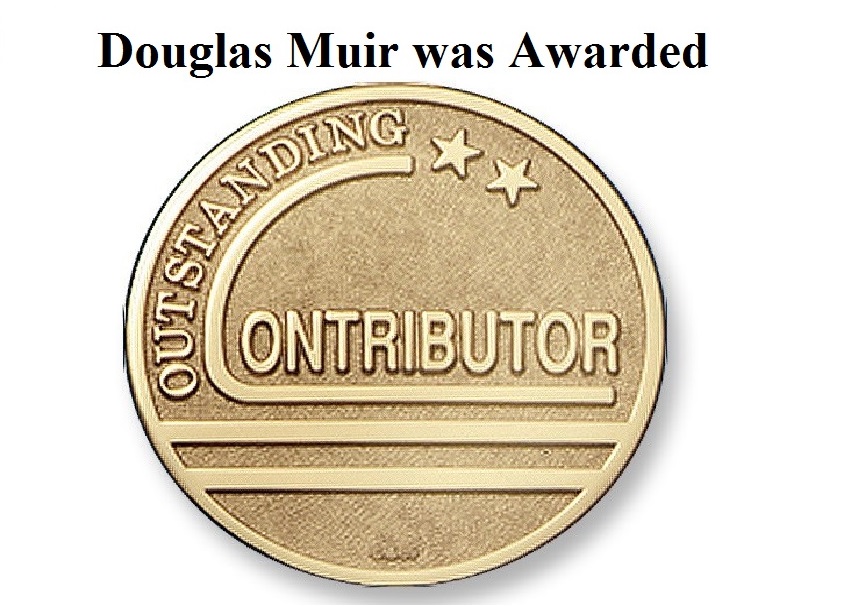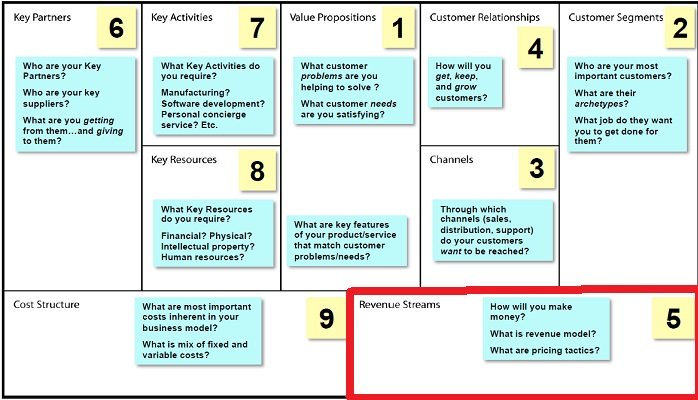Douglas Muir Was Awarded
Powered by contributors worldwide, Business Gists is an online community for inspiration, education, and discovery, and is a place where everybody is welcome. Our mission is to provide the latest business news, current affairs, and top stories 24-hours a day from around the world. We feature breaking headlines, corporate news, economy, technology, banking, marketing, start-up, management, consumer reports, personal finance, and investing.
Adèle McLay is a high performance coach and business growth coach. She helps people to achieve the success they desire in their businesses, work, and lives. Adèle is also an entrepreneur, inspiring professional speaker and teacher, and an author.
the success they desire in their businesses, work, and lives. Adèle is also an entrepreneur, inspiring professional speaker and teacher, and an author.
 Achim Nowak is an author, speaker, C-Suite coach, and an international authority on personal presence. His book, The Moment: A Practical Guide to Creating a Mindful Life in a Distracted World (New Page Books), has just been published. His previous books have become prized resources for entrepreneurs and Fortune 500 executives around the globe. Achim and his work have been featured on 60 Minutes, Fox News, NPR, in The New York Times, and The Miami Herald.
Achim Nowak is an author, speaker, C-Suite coach, and an international authority on personal presence. His book, The Moment: A Practical Guide to Creating a Mindful Life in a Distracted World (New Page Books), has just been published. His previous books have become prized resources for entrepreneurs and Fortune 500 executives around the globe. Achim and his work have been featured on 60 Minutes, Fox News, NPR, in The New York Times, and The Miami Herald.
 Rob Llewellyn is a trusted advisor to the C-suite and one of the few certified and independent Global Business Transformation Masters in the world. Having provided professional services to some of the world’s largest companies across Europe, Australia, and the Middle East since the 1990s, Rob helps executives takes a holistic and integrated approach to transformation. By using the Digital Capability Framework, BTM², and other management tools, he helps lead organizations to achieving value-driven competitive advantages.
Rob Llewellyn is a trusted advisor to the C-suite and one of the few certified and independent Global Business Transformation Masters in the world. Having provided professional services to some of the world’s largest companies across Europe, Australia, and the Middle East since the 1990s, Rob helps executives takes a holistic and integrated approach to transformation. By using the Digital Capability Framework, BTM², and other management tools, he helps lead organizations to achieving value-driven competitive advantages.
 Warren Knight is a Social Media Strategist, author of Think #Digital First, and one of the UK’s leading professional speakers in technology, sales, and marketing. As an award-winning coach and entrepreneur, Warren has helped thousands of companies grow their business through the strategic use of socially selling to their target audience. He nurtures and generates leads, and increases sales using simple and easy to follow strategies.
Warren Knight is a Social Media Strategist, author of Think #Digital First, and one of the UK’s leading professional speakers in technology, sales, and marketing. As an award-winning coach and entrepreneur, Warren has helped thousands of companies grow their business through the strategic use of socially selling to their target audience. He nurtures and generates leads, and increases sales using simple and easy to follow strategies.
 Steve Blakeman’s current role is Managing Director – Global Accounts for OMD based in London and Paris. LinkedIn named him as a Top 10 Writer for Marketing & Social for 2015 (Top Voices) and also “Agency Publisher of the Year” for EMEA
Steve Blakeman’s current role is Managing Director – Global Accounts for OMD based in London and Paris. LinkedIn named him as a Top 10 Writer for Marketing & Social for 2015 (Top Voices) and also “Agency Publisher of the Year” for EMEA
Lynda Spiegel is founder of Rising Star Resumes, a career coaching and resume writing service. With over 15 years of experience as a human resources professional, she leverages her background to help professionals in a variety of industries achieve their career goals.
 John Whitehead, MA, CEC, coaches individuals and organizations in becoming more effective by helping them improve their interpersonal communications, emotional intelligence, and resilience.
John Whitehead, MA, CEC, coaches individuals and organizations in becoming more effective by helping them improve their interpersonal communications, emotional intelligence, and resilience.
 Ivette K. Caballero is an Entrepreneurial Marketing Communications Consultant with a passion for writing about personal and professional development, leadership, management, encouragement, and life in general.
Ivette K. Caballero is an Entrepreneurial Marketing Communications Consultant with a passion for writing about personal and professional development, leadership, management, encouragement, and life in general.
 Douglas Muir is an authority in business strategy, having successfully built several multimillion-dollar enterprises from the ground up. He is considered the Start-Up Guru and speaks internationally on topics of entrepreneurship, innovation, and business growth.
Douglas Muir is an authority in business strategy, having successfully built several multimillion-dollar enterprises from the ground up. He is considered the Start-Up Guru and speaks internationally on topics of entrepreneurship, innovation, and business growth.
 Aura Alex, an entrepreneur and the founder of the Business Funding Group LLC, focuses on helping fellow entrepreneurs and real estate investors find funding solutions to start and grow their businesses.
Aura Alex, an entrepreneur and the founder of the Business Funding Group LLC, focuses on helping fellow entrepreneurs and real estate investors find funding solutions to start and grow their businesses.
 Christian J. Farber is married to Susan and lives near the shore in Tinton Falls, NJ with his three boys and best friend, Dash. Chris is a featured and contributing author to The Good Men Project (TGMP) and an active blogger. Chris’ daytime job is Chief Marketing Officer for Scivantage.
Christian J. Farber is married to Susan and lives near the shore in Tinton Falls, NJ with his three boys and best friend, Dash. Chris is a featured and contributing author to The Good Men Project (TGMP) and an active blogger. Chris’ daytime job is Chief Marketing Officer for Scivantage.
 Donna-Luisa Eversley is a corporate business veteran with practical experience in a diverse range of industries. Sales, business development, and coaching are combined to deliver over 30 years of experience as Dwordslayer.
Donna-Luisa Eversley is a corporate business veteran with practical experience in a diverse range of industries. Sales, business development, and coaching are combined to deliver over 30 years of experience as Dwordslayer.





